Search Thermo Fisher Scientific
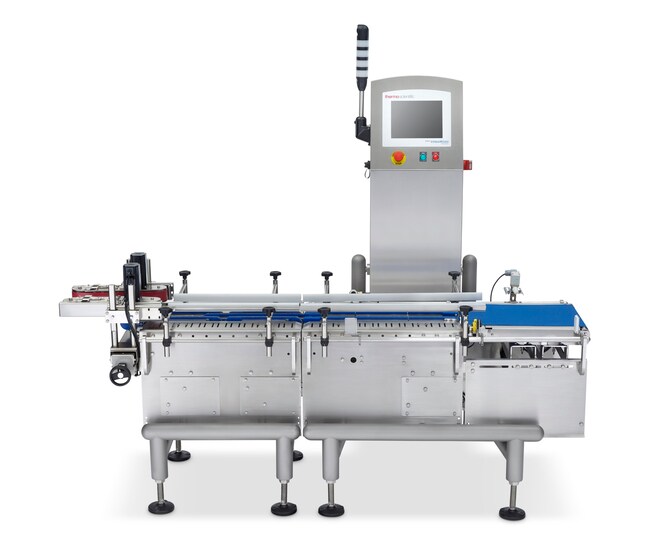
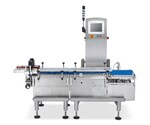
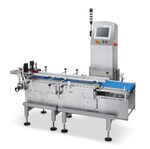
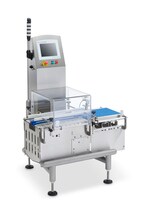
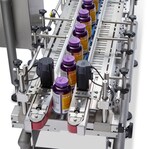
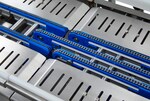
| 描述 | Versa 链式检重秤 |
| 包装类型 | 纸箱、罐、瓶和袋 |
| 直冲式选项 | 是 |
| 电气要求 | 115/220 VAC + 10% 50/60 Hz |
| 框架 | 304 不锈钢 |
| 管线高度(英制) | 26 - 42 in.,可按照 2 in. 的增量进行调节 |
| 频率 | 50/60 Hz |
| 管线高度(公制) | 660.4 - 1,066.8 mm,可按照 50.8 mm 的增量进行调节 |
| 工作温度 | -10°C 至 +40°C(14°F 至 104°F);0-95% 湿度 |
| 速度范围(公制) | 每分钟 6.1 - 167.6 m |
| 速度范围(英制) | 每分钟 50 - 550 ft. |
| 电压 | 115/220 VAC + 10% |
| 最大重量(英制) | 每件产品重达 25 磅 |
| 最大重量(公制) | 每件产品重达 11 kg |
| 产品类型 | Versa 链式检重秤 |
| 准确度 | ±0.5 g,Micropitch 链;±1.0 g;Nylatrin 链;±1.5 g,不锈钢链(取决于产品/速度);偏离平均值 2 倍标准差 |
| 显示类型 | 触摸屏 |
| Unit Size | Each |
显示1,共1
| 货号 | 规格 | 单位规格 | 描述 | 价格(CNY) | |||||||||||||||||||||||||||||||||||||||||||||||||||||||||||||||||||||||||||||||||||||||||||||||||||||||||||||||||||||||||||||||||||
|---|---|---|---|---|---|---|---|---|---|---|---|---|---|---|---|---|---|---|---|---|---|---|---|---|---|---|---|---|---|---|---|---|---|---|---|---|---|---|---|---|---|---|---|---|---|---|---|---|---|---|---|---|---|---|---|---|---|---|---|---|---|---|---|---|---|---|---|---|---|---|---|---|---|---|---|---|---|---|---|---|---|---|---|---|---|---|---|---|---|---|---|---|---|---|---|---|---|---|---|---|---|---|---|---|---|---|---|---|---|---|---|---|---|---|---|---|---|---|---|---|---|---|---|---|---|---|---|---|---|---|---|---|---|---|---|
| 70.181 | Each | Versa 链式检重秤 | 申请报价 | ||||||||||||||||||||||||||||||||||||||||||||||||||||||||||||||||||||||||||||||||||||||||||||||||||||||||||||||||||||||||||||||||||||
| |||||||||||||||||||||||||||||||||||||||||||||||||||||||||||||||||||||||||||||||||||||||||||||||||||||||||||||||||||||||||||||||||||||||
Versa 链式检重秤的特点:
- 开放链式设计,可尽可能减少产品积聚并且便于清洁和维护
- 配备低维护驱动系统的耐用型称重框
- 可配置多重安全访问等级
- 可存储 100 份标准产品
- 界面易于读取,触摸屏操作,重量显示屏的能见度高
- 独立式底座或带有标准集成输送机
- 选配的进料输送机与外围设备一起安装
- 可添加选配的金属探测器,以实现全面的重量控制和污染物检查
- 获得 OIML MID 批准
订货提示
将现有的框架升级为新的控制器:如果现有框架状态良好,可提供一个转换套件,将检重秤的电子器件升级为 Versa 控制器。
建议用于:食品、饮料、制药和消费产品行业
图表
文件和下载
证书
按批号或部分批号搜索
常见问题解答 (FAQ)
引用和文献
Search citations by name, author, journal title or abstract text